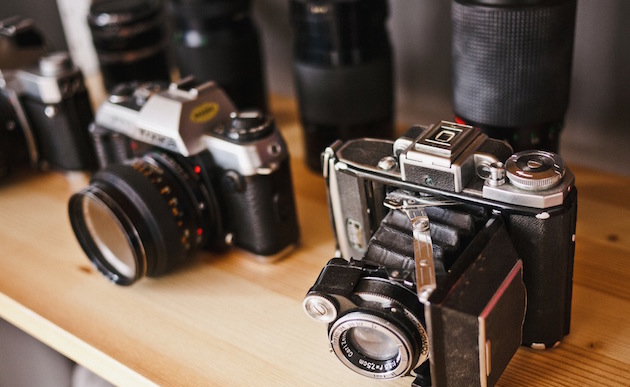
5 Pro-Tips to Improve Surveillance Video Quality and Set Yourself Apart
As a surveillance investigator, it doesn’t matter how good you are at locating the claimant, pretexting, or mobile surveillance … if you can’t get good video.
Basically, video is your work product. It’s what the client is paying for. After all, if you see your subject (who’s claiming a back injury) roofing his house on surveillance day, but you can’t get clear video of him doing it, you’ve done nothing to strengthen your client’s case.
Years ago, when I was working at a television station, I made the comment that I could teach anyone to shoot video. I’m not sure I was right about that, but I do think anyone can improve the quality of their video footage.
So what does it take to make your video stand out?
Here are a few ways you can consistently shoot better surveillance video than your competitors and set your agency apart from the rest:
1. Capture sharper images.
The single most important way you can improve the quality of your surveillance video is to capture sharp images. If your video is blurry, none of the other things that I am about to discuss will matter at all.
When to Use Manual Focus
With modern video cameras, autofocus generally adjusts fast enough that it does most of the work for you. But there are times when you should not use it.
Here’s why: Manual focus can be very useful in situations when the autofocus wants to zoom in on the wrong object — usually, something nearer than your subject. How many times have you shot video of a subject from the other side of a chain link fence, or through the rain on your car windows when someone is buying groceries?
Switching your camera to manual focus and adjusting it accordingly can make fences and raindrops totally disappear and can prevent autofocus from capturing sharp fences and raindrops and blurry subjects. Switching to manual focus allows you to tell the camera that those are not the things you are interested in. (As a side note, some cameras tend to go out of focus when zoomed all of the way in.)
Also, autofocus has a hard time working when the camera is not stable. Although most new cameras have an image stabilization feature that helps quite a bit, you can’t rely on it entirely.
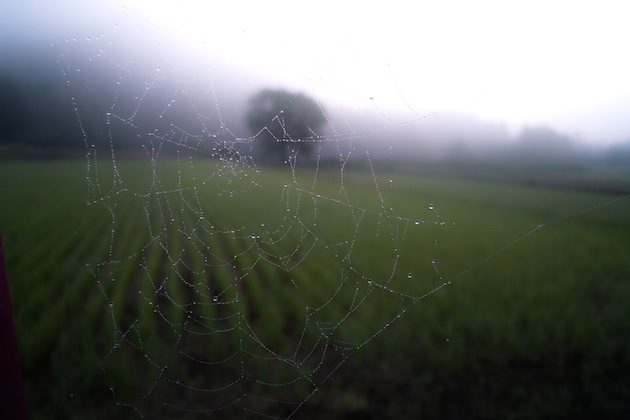
Stabilizing Your Camera
The best option here is to use a tripod (or something similar) to stabilize the camera. Depending on your situation, a standard tripod might do the trick. A full-sized tripod works perfectly at a sporting event, say. But if you’re at ground level in a tree line, a miniature tripod might be a better option.
I almost always use a monopod. It eliminates vertical instability, which is the biggest problem when shooting handheld video. Once the vertical movement is stabilized, the horizontal movement can be controlled easily by hand. And when you’re shooting from a vehicle, a monopod gives you the flexibility to shoot in any direction easily and pivot quickly — which, as you know, is crucial.
Holding a monopod steady is no problem for shorter-duration videos. But if you’re shooting for several hours at a time, you’ll want a tripod or vehicle camera mount. Always keep one of these handy.
2. Consider light.
Most of us never give the aperture or iris a second thought these days, as the auto iris on modern cameras is excellent. However, there are a few things to keep in mind.
Bright Objects and Manual Aperture
The aperture opens and closes depending on the lighting of the subject that you are recording. The problem is, if you’re shooting video of your subject on a sunny day as he sits inside a white car, you won’t see anything but the car and a series of sun flares flashing off the reflective surfaces. That’s because the aperture is closing in response to all that bright light, and it can’t properly expose both the bright and the dark.
If you zoom into the window and eliminate as much of the white car as possible, the aperture will automatically start to close, enabling you to see your subject better — provided the windows aren’t heavily tinted. But anytime there is something bright in the frame, the aperture will tend to close, making the darker portions even darker. So to close the aperture, you can eliminate as much of the bright object from the frame as possible.
Switching to manual aperture can help, but the bright object in the frame still tends to overpower the darker areas.
Also, whenever possible try to position yourself with the sun to your back which will provide better natural lighting on your subject and less shadows.
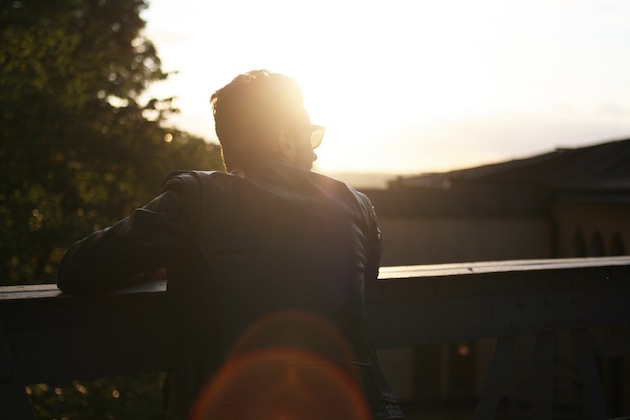
Low Light, Aperture, and Depth of Field
Most modern cameras do quite well in low light as long as there is some light available, such as a streetlight. Several cameras have a “nightshot” feature, but in my experience, it comes up short. Don’t be fooled into expecting true night vision with this feature. There are reasonably inexpensive ways to get night vision on a standard camcorder, but we will save that for a different day.
The one difficulty with manual iris is using it while you’re shooting with manual focus in low light.
First, a brief explanation of the relationship between aperture and depth of field. Depth of field is the distance in front of and behind the subject that is in focus. Typically, 1/3 of the depth of field is in front of the subject and the remaining 2/3 is behind the subject. The larger your aperture is, the shallower your depth of field becomes.
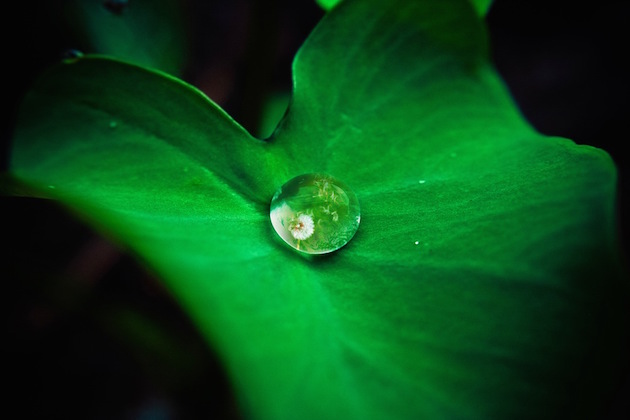
When you’re shooting on bright days, you can easily capture images with a larger depth of field because you can select a smaller aperture — it does not have to open wide to let more light in. However, in lower light situations, you’ll need a wider aperture to let more light reach the sensor. That gives you a much shallower depth of field, which means that keeping the subject in focus gets a whole lot trickier.
In a well-lit situation, when the aperture is small and the depth of field is broad, the subject can move several steps closer and further away from you without you having to adjust the manual focus. But in lower light situations, one step toward or away from you can take the subject entirely out of focus.
Autofocus can help, but in lower light, it can be slower to react than you might like. That said, it’s still probably your best and only solution, other than adding more light to the situation, which as we all know, would be counterproductive to our assignment.
3. Eliminate reflections.
How often have you had problems with shooting through reflections of a shiny dashboard in your own car window? It’s not a huge problem, but it can be extremely annoying and can degrade video quality.
The best way to eliminate these reflections is to pick up a polarizing filter for your camera. The filter screws into the front of the lens (of most cameras) and will considerably reduce the reflections on your windshield, as well as store windows and the subject’s car windows.
Keep in mind that a lot of polarizing filters are directional, which means that rotating it on the front of your camera will adjust the effectiveness of the filter.
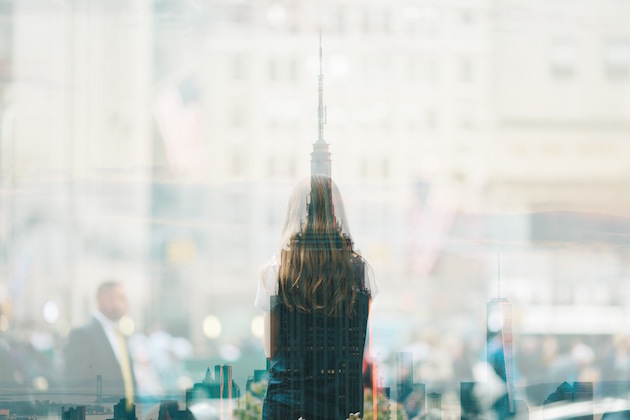
4. Frame the image carefully.
Framing the subject is also very important. Keep the subject framed in the viewfinder from head to toe, with the exception of an ID shot. This allows a viewer to see the full range of motion of the subject’s entire body.
Always watch the subject through the viewfinder so you know exactly what you’ve recorded. (I thought that was pretty obvious, but one person proved me wrong on that one).
In television, we try to keep the subject just off center in the frame, which provides lead room. Try to put two-thirds of the empty space in front of the subject and one-third behind them. This gives you a split second to react if they step forward without losing them from frame. This is also the way people are used to seeing video, because it’s what they see on TV all of the time.
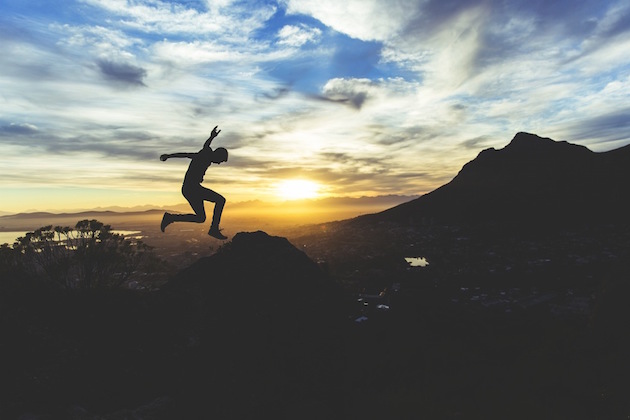
5. “Edit” as you shoot.
“In-camera editing” is a term we used in television production, but it can really make your video stand out from your competitors’.
I know what you are thinking: We do not edit video! But technically, it’s not really editing; it’s decision-making about when to shoot and when to stop shooting — a videographer trick that we used to save time when we got back to the studio to edit our assignment.
Basically, “in-camera editing” simply means stopping and starting the recording process of the camera. When you shift positions in your car, stop recording. Reset your shot and start recording again. If you can shift positions without losing the shot, then go for it.
Essentially, if you eliminate anything in your video that produces motion sickness in your viewer, your video quality will be much improved. And the easiest way to to this is by stopping the camera whenever you change positions. After all, even if the subject is in the shot at the time, the viewer won’t be able to see what’s going on if the shot is shaky, swirly, and blurred.
This can also apply to covert video. With a bit of practice and effort, you can eliminate the spinning room when following a claimant into a grocery store.
As with anything, it may take a bit of practice to implement some of these things. But once you do, it will greatly improve the quality of video you turn in to your clients … and trust me, they will notice.
Do any of you have any other tips you would like to add? Or do you have an opinion about something I discussed here? If so add to the comment section below.
Glossary:
aperture (or iris) — The iris is an adjustable opening in the camera lens that allows variable amounts of light to reach the sensor. The aperture is the size of that opening. The larger the aperture, the more light enters, and the shallower the image depth of field will be. (*note: Higher aperture, or f-stop, numbers mean a smaller opening.)
depth of field — The range of distance in an image that appears sharp. Several factors determine depth of field: aperture, distance to your subject, and to a degree, focal length.
exposure — How light or dark an image appears. You can control exposure by setting a combination of aperture, shutter speed, and ISO.
in-camera editing — Not technically “editing,” this simply means starting and stopping your recording in the field when you change positions, the claimant leaves the frame, or you cannot get a good image because of movement.
ISO — A setting that determines the sensitivity of your camera sensor to light, thereby allowing you to control exposure (in conjunction with aperture and shutter speed). Higher ISO numbers mean higher sensitivity and are useful for low-light situations, but they produce grainier images.
monopod — A camera support mechanism with one leg.
polarizing filter — A filter that attaches to your lens and changes the way your camera processes light, and especially, reflections.
shutter speed — The length of time the camera shutter is open, measured in seconds or fractions of a second. Faster shutter speeds let in less light but capture motion with little or no blur. Slower shutter speeds are useful for low-light situations, but moving objects will blur. You’ll most likely need a monopod or tripod if using a very slow shutter speed.
Photos courtesy of Unsplash.
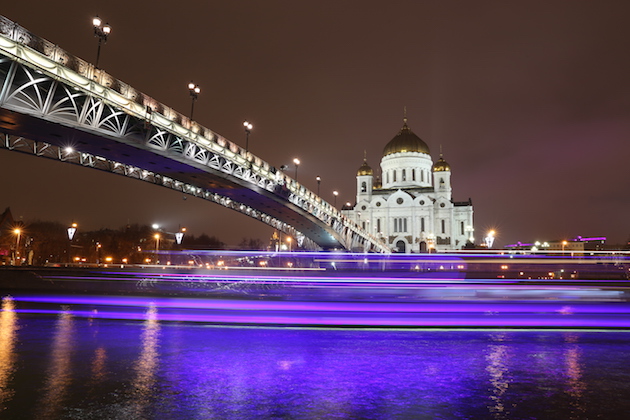
A version of this article originally appeared on the Private Investigator Tips blog.
About the Author:
Joey Cruse owns Ouachita Investigative Services, a West Monroe, Louisiana firm specializing in insurance and civil investigations. He has conducted thousands of hours of surveillance and investigations since receiving his license in 2009. Joey has over 20 years experience in audio & video production including over 10 years at a NBC affiliate where he served as Operations and Production Manager.

